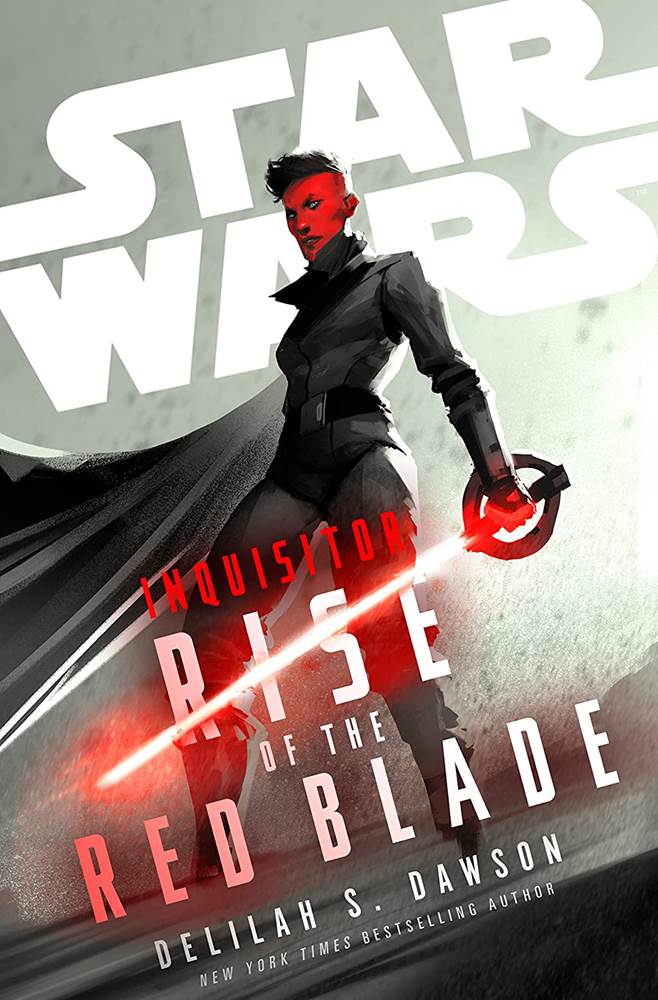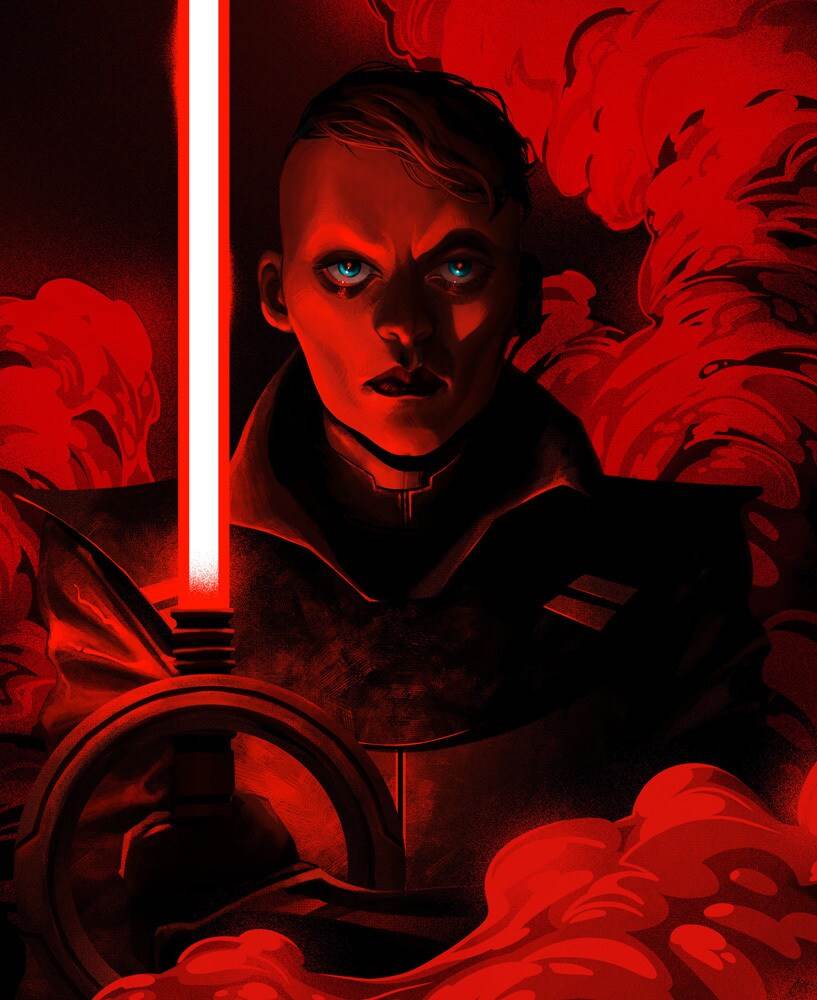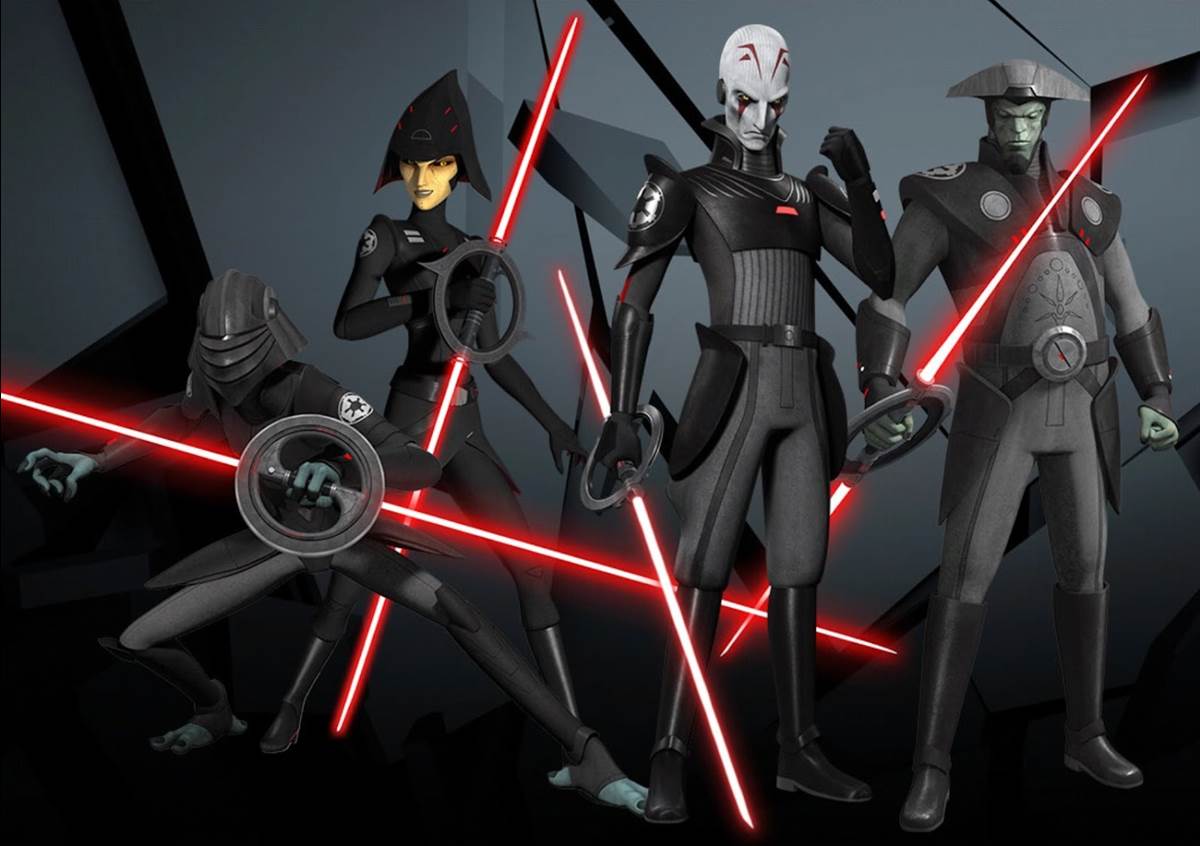Book Review – “Star Wars: Inquisitor – Rise of the Red Blade” Chronicles a Jedi Knight’s Fall to the Dark Side
Ever since they made their first current-canon appearance in the hit animated series Star Wars Rebels, the Inquisitorius (also known as Sith Inquisitors) have become a prominent group of villains in the Star Wars universe. But though we’ve known for some time that the Inquisitors are former Jedi, I’ve always personally wondered how exactly that process unfolded– how exactly were once-benevolent Jedi Knights turned from the light side of the Force into joining the Inquisitorius? That question and more are addressed and answered in the new novel Star Wars: Inquisitor - Rise of the Red Blade from Random House Worlds.
Inquisitor - Rise of the Red Blade was written by author Delilah S. Dawson, who previously penned the Star Wars: Phasma and Star Wars: Galaxy’s Edge - Black Spire novels for Lucasfilm Publishing, and who brings her considerable talents to tell the story of Jedi Padawan Iskat Akaris. This book begins prior to the climactic events of Star Wars: Episode II - Attack of the Clones and its Battle of Geonosis, and we get to know Iskat before that assault breaks out, with Dawson immersing readers in her world and her growing dissatisfaction with the Jedi Order. Akaris leads a humdrum life of pursuing Force-related artifacts across the galaxy with her master, but yearns for more action and finds herself wishing she were more inspired and praised. This resolves the unanswered query of what kind of Jedi does it take to become an Inquisitor, though that particular transformation doesn’t occur until about two-thirds of the way through the book. We see that it is not only Iskat’s personality, but also the circumstances and her perceived treatments by her superiors and peers that nudge her toward the dark side, eventually learning that her true passion (and skill, she believes) lies in killing on the battlefield instead of meditating peacefully in the Jedi Temple.
Along the way, Akaris voices her unhappiness with her status among the Jedi to then-Chancellor Palpatine, setting up her eventual recruitment into the Inquisitorius program, but not before we see the Padawan prematurely promoted to full-fledged Jedi Knight after the Clone Wars suddenly break out. We also watch her partake in a mission or two, during which she butts heads with her fellow Jedi, some of whom are wary of her very presence because of a Force-related accident that took place early in her Youngling training. Then there’s her curiosity around her own past, which is shrouded in mystery that even her most trusted allies on Coruscant or otherwise won’t clue her in about. All these pieces eventually start to add up, and even if it weren’t already directly implied by the novel’s title, we can start to see the path that the discontented young Jedi is beginning to go down. That’s when Order 66 takes place and Iskat’s narrative reaches its tipping point. I won’t spoil too much of what happens after that, except to say that it makes perfect sense given everything that’s come before and what we know of the Inquisitors already.
This story not only enlightens us as Star Wars fans to the mindset of someone within the ranks of the Jedi who becomes disenchanted by their practices, but also to the behind-the-curtain machinations that soon-to-be-Emperor Palpatine put into motion to ensure that his forces can count Force users among their ranks after the Republic’s transition into the Galactic Empire. And from the very beginning of the novel, we aren’t necessarily meant to agree with Iskat’s skewed view of the way she is treated and perceived, but we do empathize with her as someone who could possibly have led a very different life if she had been given the proper amount of attention and guidance. There’s another question that’s left dangling here at the end of this story– and that’s whether or not the Jedi Order is right in prohibiting its members from forming attachments, and if that potentially misguided tenet may be part of what led to its downfall. It’s a notion that has been raised elsewhere, and an interesting one that I hope the Star Wars franchise continues to pursue as it moves forward into its next generation. In the meantime, Inquisitor - Rise of the Red Blade is a very well-written and engaging read that should leave fans quite satisfied that they’ve been given some pretty big pieces of the Inquisitorius puzzle.
Star Wars: Inquisitor - Rise of the Red Blade will be released on Tuesday, July 18th, but is available now for pre-order.






